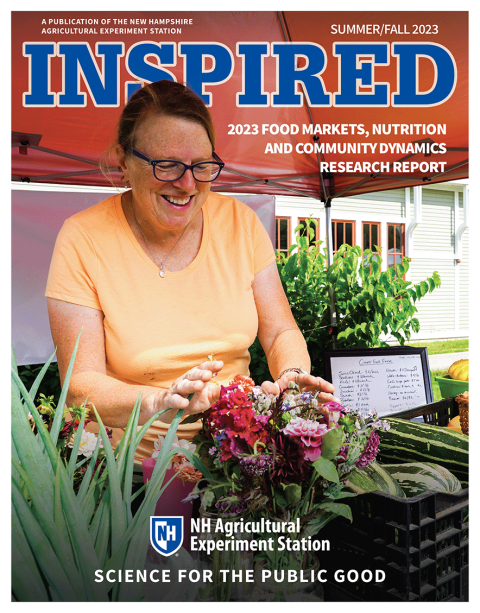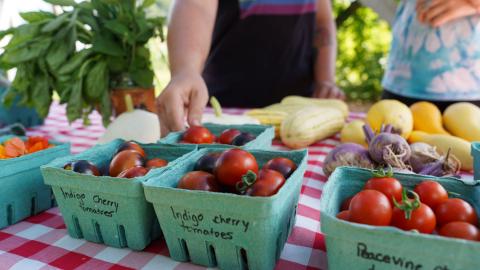NHAES INSPIRED Food Markets, Nutrition & Community Dynamics Report, SUMMER/FALL 2023

Small-scale, diverse agricultural and food industries are critical to New Hampshire's economy. In 2022, agricultural directly contributed to $235 million in output and the food system led to $29.3 billion in economic benefits to the Granite State. In part, this is due to the strong farm-to-table movement in New Hampshire, which ranks at top in the nation with farms that have direct sales to consumers through nearly 150 farmers markets and farm stands and consistent participation in Community Support Agriculture farms and Community Supported Fisheries.
The proximity of agricultural operations to U.S. population centers represents a unique opportunity for both food producers and consumers in the Northeast region, but challenges remain for sustaining small-scale farming operations, responding to market trends, adapting to demographic changes and understanding healthy nutritional choices. The research briefs in this report offer a better understanding of demographic changes, eating and health choices, desire to consume foods produced in New Hampshire, effectiveness of state and federal policies, and other factors, which ultimately will provide recommendations for ensuring a healthier workforce, cost-effective stewardship of public program funds, reduced stress on the state's healthcare system, and economic sustainability for food producers and rural communities.
Read and download a pdf version of the entire publication, or check out the individual INSPIRED Food Markets, Nutrition & Community Dynamics research articles. And sign up for the NHAES newsletter to receive the latest updates on future editions of the INSPIRED research report.









